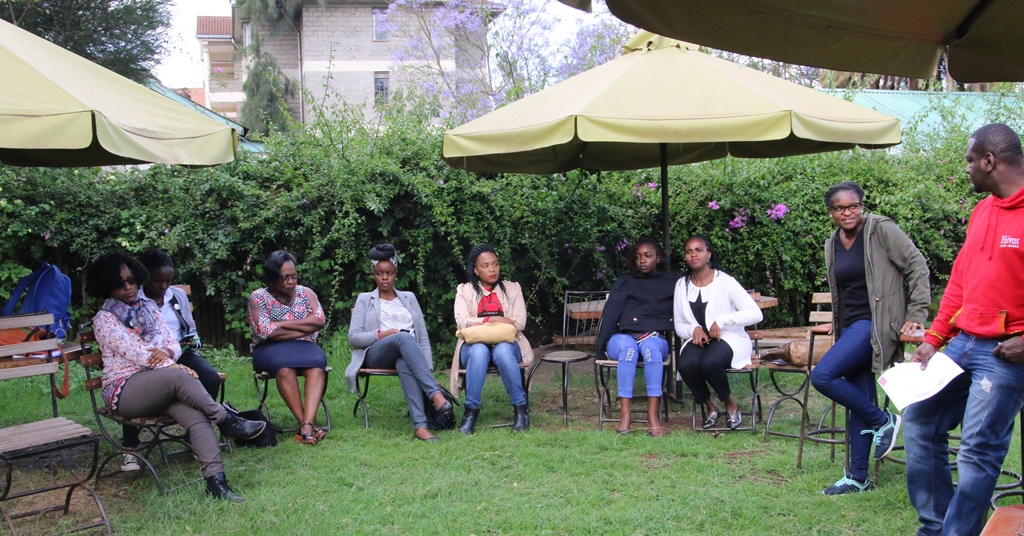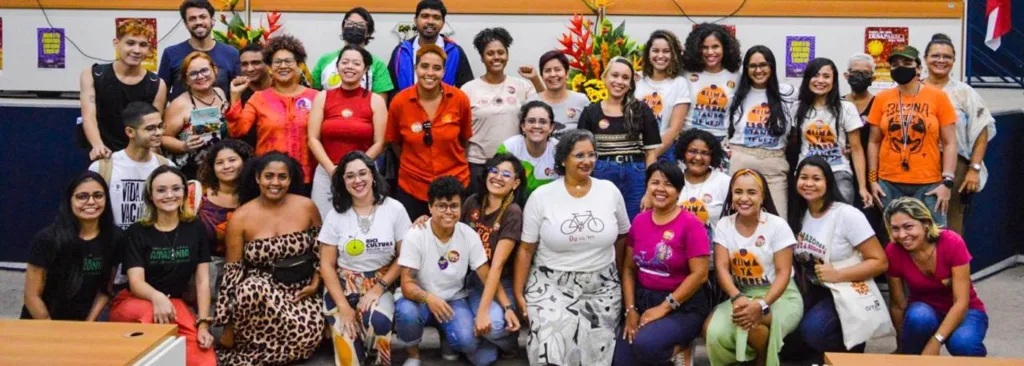By Fauzia Mohammed
The question as to whether it is a permissive society, a blind eye by the community, an ill-bred culture or weak policies at institution level that has prompted sexual harassment incidences to sky rocketing numbers remains unanswered. Regrettably, sexually inappropriate remarks towards women at work places, educational centers and society at large have been normalized while the general public dismisses it as “men will always be men”.
”While interning at…..company, among other duties I tasked the responsibility of caring for a few plants we had in the office. It was a demanding obligation as I had to water the plants earlier before other colleagues arrived; this is not to say I hated the task’, Mary narrates. One morning, as I was bent over the window watering plants on the balcony, my boss walked in from behind,” what a lovely view”, he suggestively comments. Although my female colleague, who was in the office at the time, and I laughed and brushed it off I felt intimidated, embarrassed, and uncomfortable and tended to avoid some situations with this particular boss in question.
Does this remark pass for sexual harassment? Well, according to the Employment Act any kind of sexual behavior that makes the victim feel uncomfortable, including using language (written or spoken) or visual material of sexual nature; and showing physical behavior of sexual nature is considered sexual harassment.
Like Mary, many women receive unsolicited dirty jokes from clients, sexually explicit pictures from colleagues, are rated based on physical attributes from superiors at work, unwelcome sexual advances by teachers and even at times are indecently touched by a family member. Nearly every woman when confronted with such a situation feels cornered and undecided on fight or flight mode. They have no means to report this violation of their rights and in most cases are not even aware that there has been a violation until physical abuse actually occurs. Stories of women who have been asked to give sexual favors to get hired, get promotions, get a raise or avoid being fired are not rare. Such narratives are many, particularly for women at lower caliber career levels. Given that these sexual advances come from superior authorities, victims end up neither receiving any help nor reporting this violation.
More often than not society tends to disregard a woman’s mental intelligence and professional qualifications and instead systematically expects women to surrender their bodies in order to get ahead in life. Successful young women are automatically linked to sponsors. Career women are called hoes. Feminists are termed ugly women who can’t find husbands. We’ve all heard the adage “beside every successful man is woman”. How come society twists this against a woman to associate her success to a man, shouldn’t it be the other way round?
There is no blue print definition of what is and what sexual harassment isn’t. It can be a onetime action or it can be a mundane action by an offender who takes advantage of the vulnerability of the victim. What might be considered sexual harassment in one industry may not pass as so in another industry. Comments made by a hiring agent or designer to a prospective model in the course of their work may not be deemed as sexual in nature. However, if the same comments were made to an employee by the director in an office setting, it would be questionable. In an office setting, there’s a thin line between what can pass as banter and what constitutes a humiliating sexual remark. The bottom line is for employees and employers to plainly define and clearly understand what constitutes sexual harassment.
When a woman is sexually defiled judgmental questions regarding time she was raped, location of rape and code of dressing are common. Remarks that accompany such questions are even more astonishing.” What else was she expecting hanging out with a man at that hour dressed like that?” As if to say men are untamed beasts that are not in control of their emotions. Societal culture of viewing a victim of sexual offence as a perpetrator to the act rather than sympathizing and extending help to her is a form of mental slavery that is obsolete and ought to be kicked to the curb.
What is the role of digital arts and modern culture in dealing with sexual harassment?
Digital technology has potential to shift the surprising culture of ignorance (towards sexual harassment) to fighting against it in communal solidarity. Besides the internet has already made the universe a global village, this is such a painless task. Developments along this line have already come to action. Online applications such as Callisto (www.projectcallisto.org), Capptivation (www.capptivation.com) and Revolar (https://revolar.com) that allow student victims to anonymously and securely share their experience have shown to improve reporting and outcomes for student survivors of sexual assault.
Age of Wonderland’s 4th Edition focused on co-creating solutions for dealing with sexual harassment in Kenya. The session aspires to stimulate capacity of creative mindsets to raise awareness of and facilitate dialogue around issues of sexual harassment. We intend to improve scope of understanding of sexual harassment especially at work places. Empowering community media on sexual harassment policies to have them engage broadly with their listenership on red signals to look out for, sexual harassment reporting and counseling centers to support victims of sexual harassment. Digital technology that is more appealing to the community specifically the youth could also be initiated into the movement against sexual harassment. Holding social media discussions that shun negative attitude and misconceptions towards sexual harassment using an action specific hash tag could make it a trending topic in town. Reviving the #me too campaign is also part of the agenda. On this hash tag, citizens can comment, ask questions and share experiences. The session aims to create an environment that will allow interactive discussion to explore other avenues with power to give voice to victims of sexual harassment, avenues for confidential reporting of sexual harassment and a platform for community involvement in conquering this scandalous behavior.
Facilitators tailored the discussion to the Employment Act of the Kenyan constitution which defines sexual harassment and provides for penalties for violation of this right. According to the Constitution, in an establishment with 20 or more workers, employer may issue a policy statement on sexual harassment, which clearly defines sexual harassment and states that the workplace is free of sexual harassment. An anti sexual harassment policy is a company statement of intent that provides a common understanding between employers and all employees of what constitutes sexual harassment and clearly prohibits sexual behavior at the work place. This policy ought to provide an unambiguous scope of whom and what it covers in a language that is understood by all employees of the organization and should include goals and objective of developing the policy with an elaborate system of reporting sexual harassment incidences. The policy should be displayed publicly in the organization for all to see. However, for most organizations this requirements are not met hence the failure of the anti sexual harassment policy to meet its intended purpose. In the floral sector, for instance, bodies such as the Gender Committee established (if any) with a mandate to investigate and mitigate sexual harassment incidents are only for audit purposes and do not function to prevent sexual harassment at work places.
From the group discussions and shared experiences during the session it emerged that sexual harassment was mostly driven by power imbalance, lack of knowledge and failure/inability of victims to report sexual harassment incidents either because of shame or fear hence instigating repeat perpetrators.
Participants suggested the development and dissemination of sexual harassment manual to all members in the community. The manual should plainly provide a pathway response tool and provide for well equipped shelters wherever victims can report cases of sexual harassment and actively get supported through the whole ordeal. A pilot Prosexy project that aims to eliminate myths of sex instead facilitate sex positive discussions and create an attitude change towards sex by extension sexual harassment, was shared at the session.
Indeed, digital arts for solutions to sexual harassment learning session will be the beginning of a lab that brainstorms on how best to change the classic sexual stereotype that frustrates women’s ambition and robs them of their dignity.









